Hi, my name is Lulu Pumayalli and my internship is at the Coastal and Marine Institute Laboratory (CMIL) in San Diego, California. At CMIL there are many different laboratories that study things ranging from the microorganisms found on seagrass to lobster feeding habits. So far I have had the opportunity to work with lobsters, sea urchins, and seagrass. I’m living here with Didi Earthtree (another Pintern) in their aunt and uncle’s house. On our first day, Didi and I packaged lobster leg samples by cutting about an inch off of frozen lobster legs. These samples will be sent to a different lab to further research them. Before the lobster legs arrived at our lab, they went through many other laboratories and were collected from various places on the west coast, from Mexico to Northern California.
Didi and I have also been studying seagrass at CMIL by observing it underneath a microscope and separating different microorganisms from the seagrass to further identify them. It’s been fascinating seeing the different kinds of crustaceans and mussels attached to the seagrass. Besides studying seagrass, we were given the opportunity to measure lobsters and sea urchins which will be used to study lobsters’ feeding habits. Holding a lobster and learning how to measure it was really fun because they are super big and holding one feels pretty awesome. At CMIL we also built baskets that will be used for collecting sea urchins and other organisms on the seafloor in future dives. During this building process, I came up with an alternative way to build it so that the baskets had handles to hopefully make it easier for the divers to drop off and collect the baskets. One of my favorite things to do at CMIL so far is exploring one of the tanks that contain starfish, crabs, sea cucumbers, and many more organisms that are so fun to gently touch and observe.
On one of my free days, I decided to go to the Birch Aquarium and loved it. I was able to see a rescued Loggerhead Sea Turtle that has rear flipper paralysis and yet it was able to move around a little which was really great to see. I also saw sharks, starfish, seahorses, crabs, fish, stingrays, jellyfish, and many more fascinating sea organisms. At the aquarium, I saw a kind of jellyfish called Aequorea victoria also known as the Crystal Jelly that has a protein called the Green Fluorescent Protein (GFP) that glows under blue light so they put these jellyfish in a tank with a UV light that allows the fluorescent lights to be visible. Besides going to the aquarium, I visited the San Diego State University campus, went to La Jolla beaches to see the seals and sea lions, and went to the Art Museum at Balboa Park. So far I’ve loved learning about marine biology both at CMIL and outside of the lab like at the aquarium, beach, or on my laptop in my free time. I’m very excited for these upcoming weeks to explore more of San Diego and discover about our incredible sea life at the Coastal Marine Institute Laboratory.

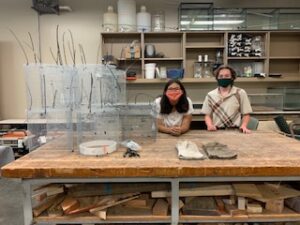
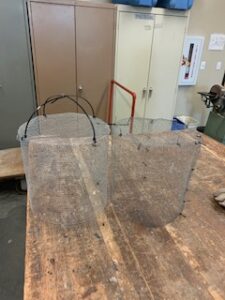
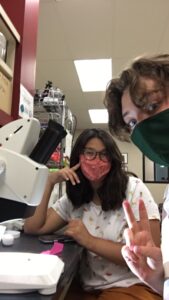
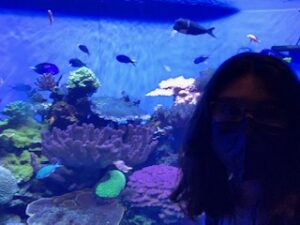
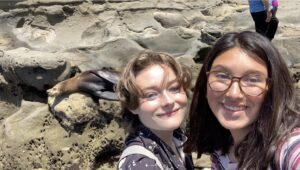
There are no comments published yet.